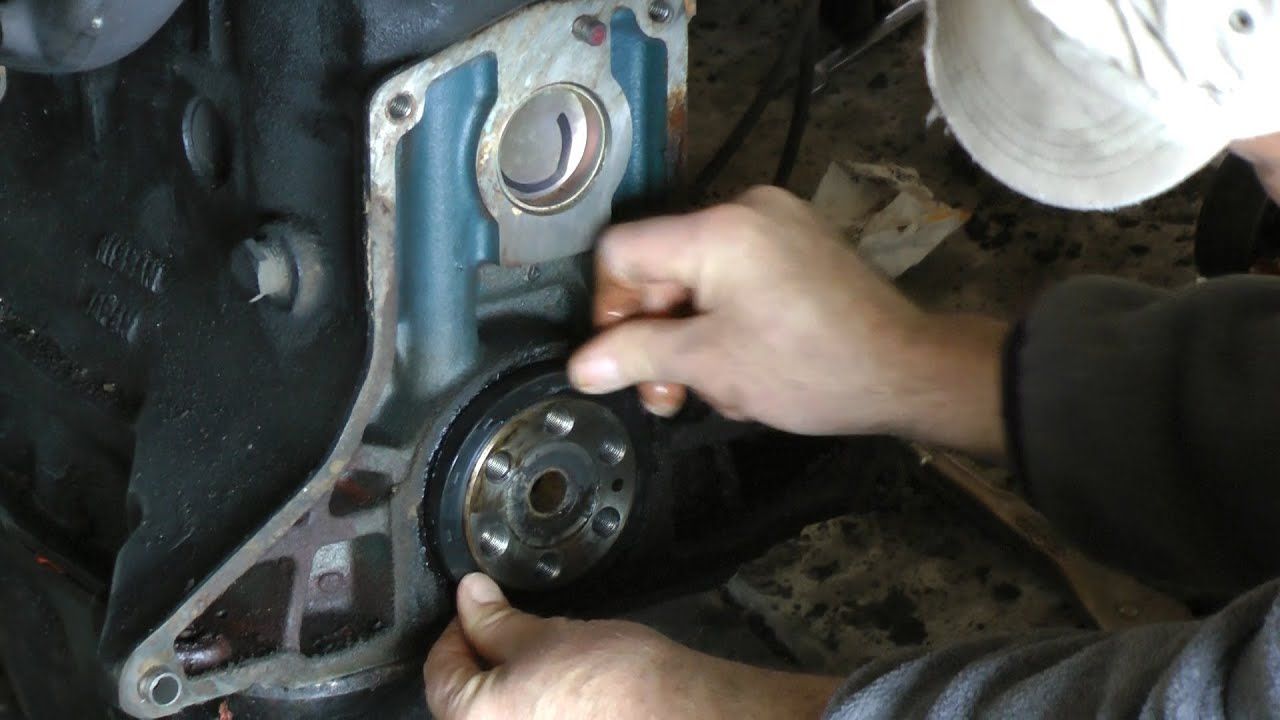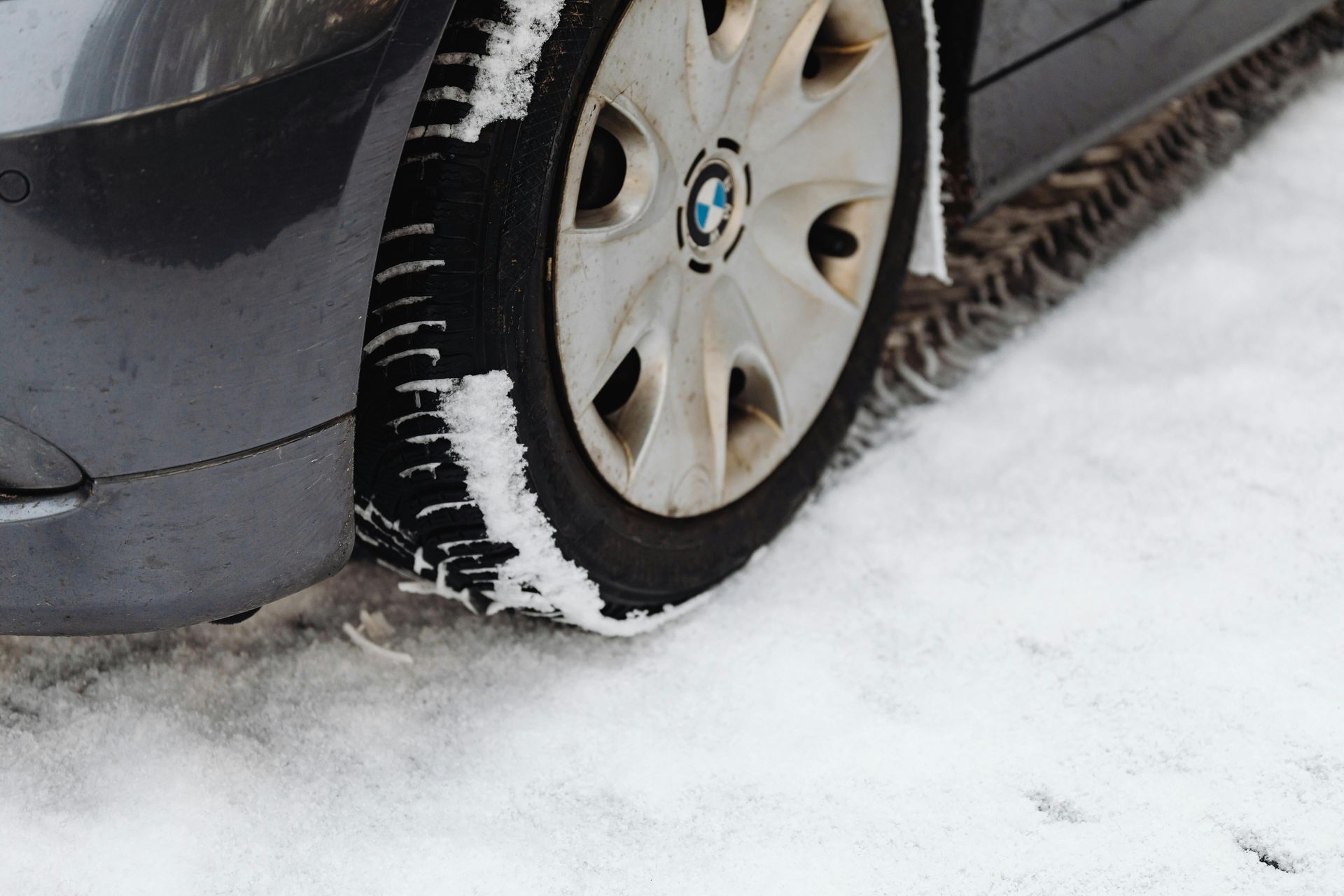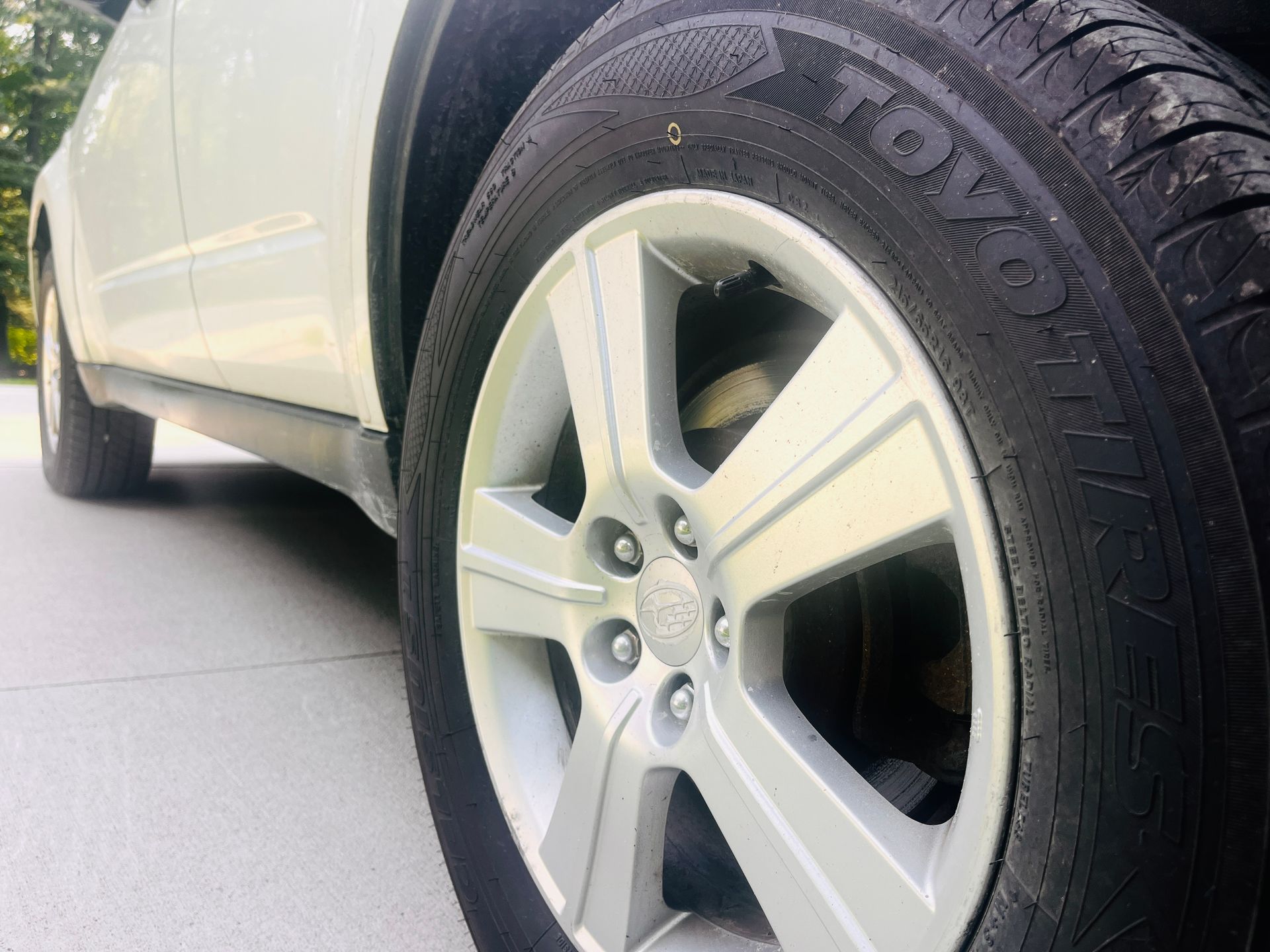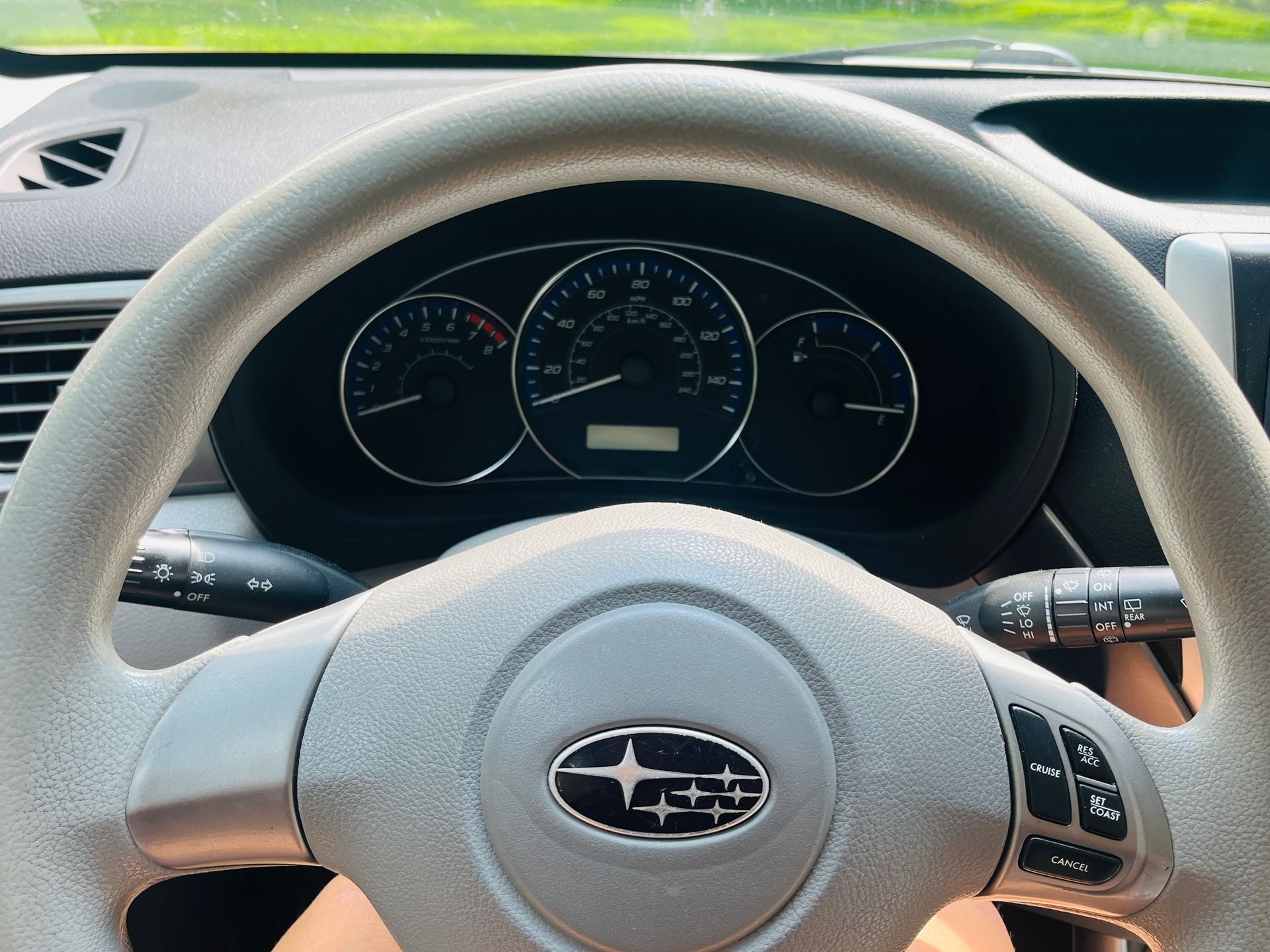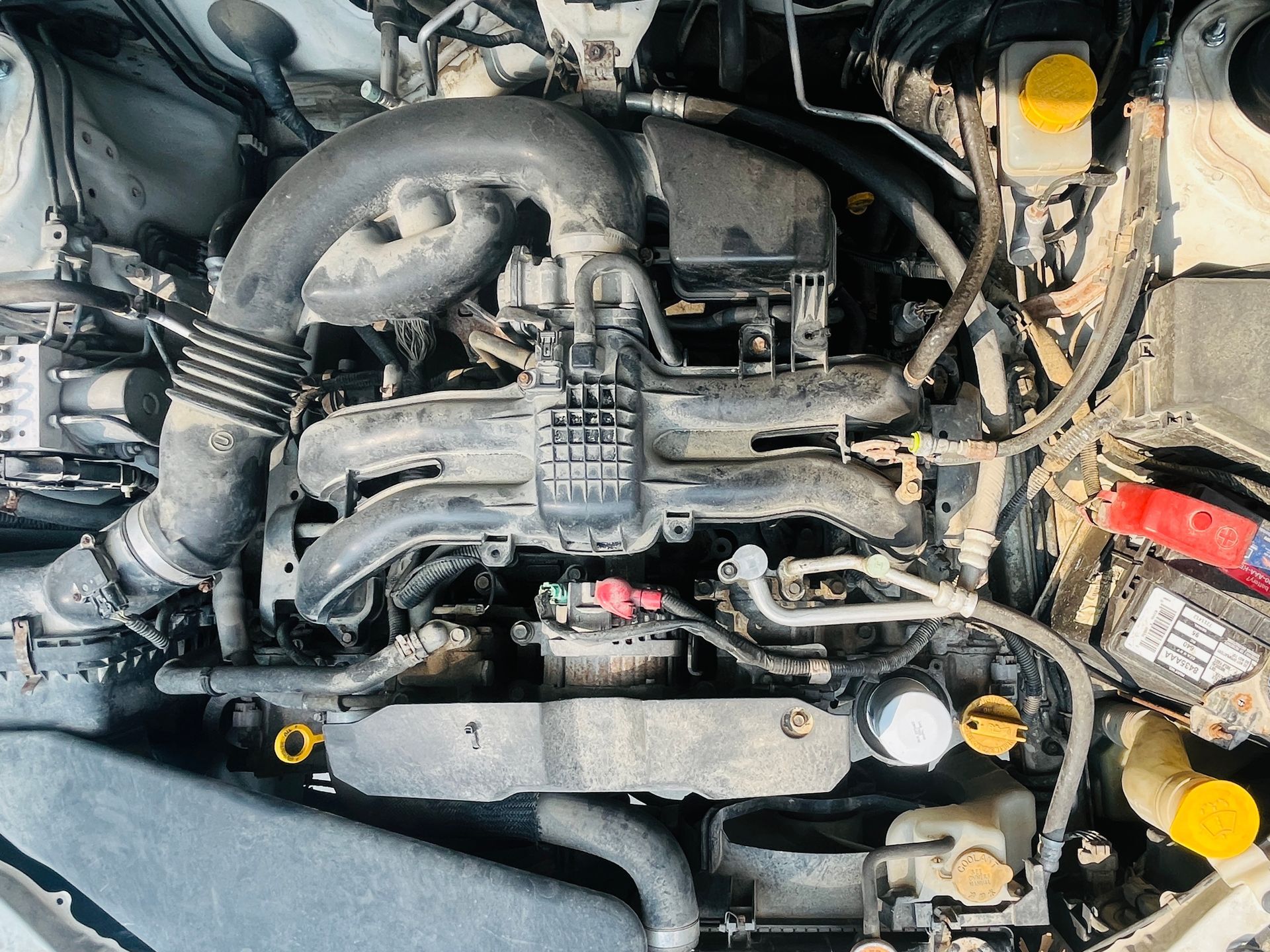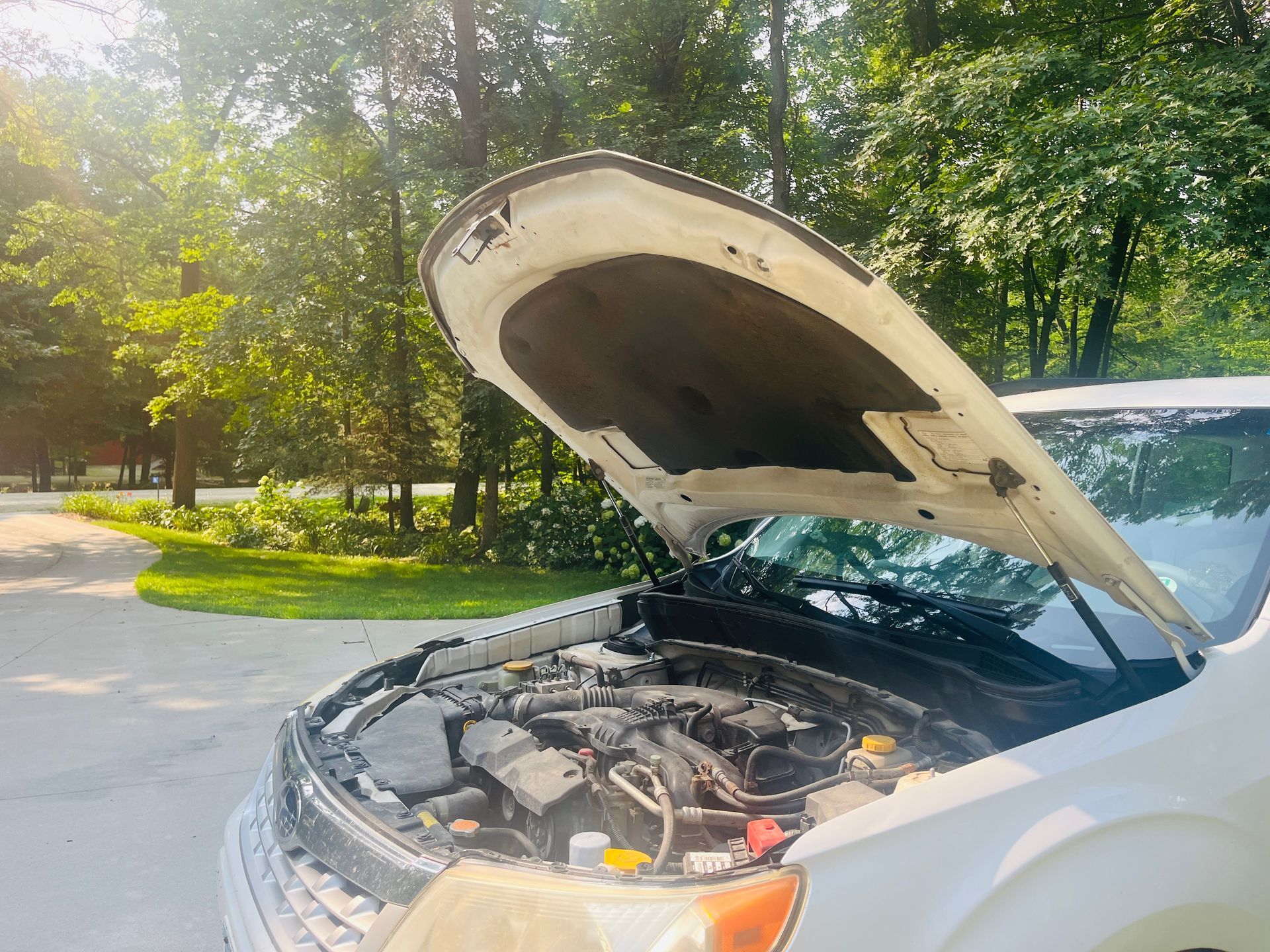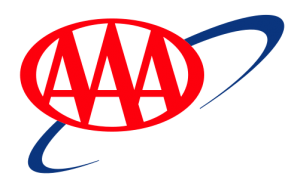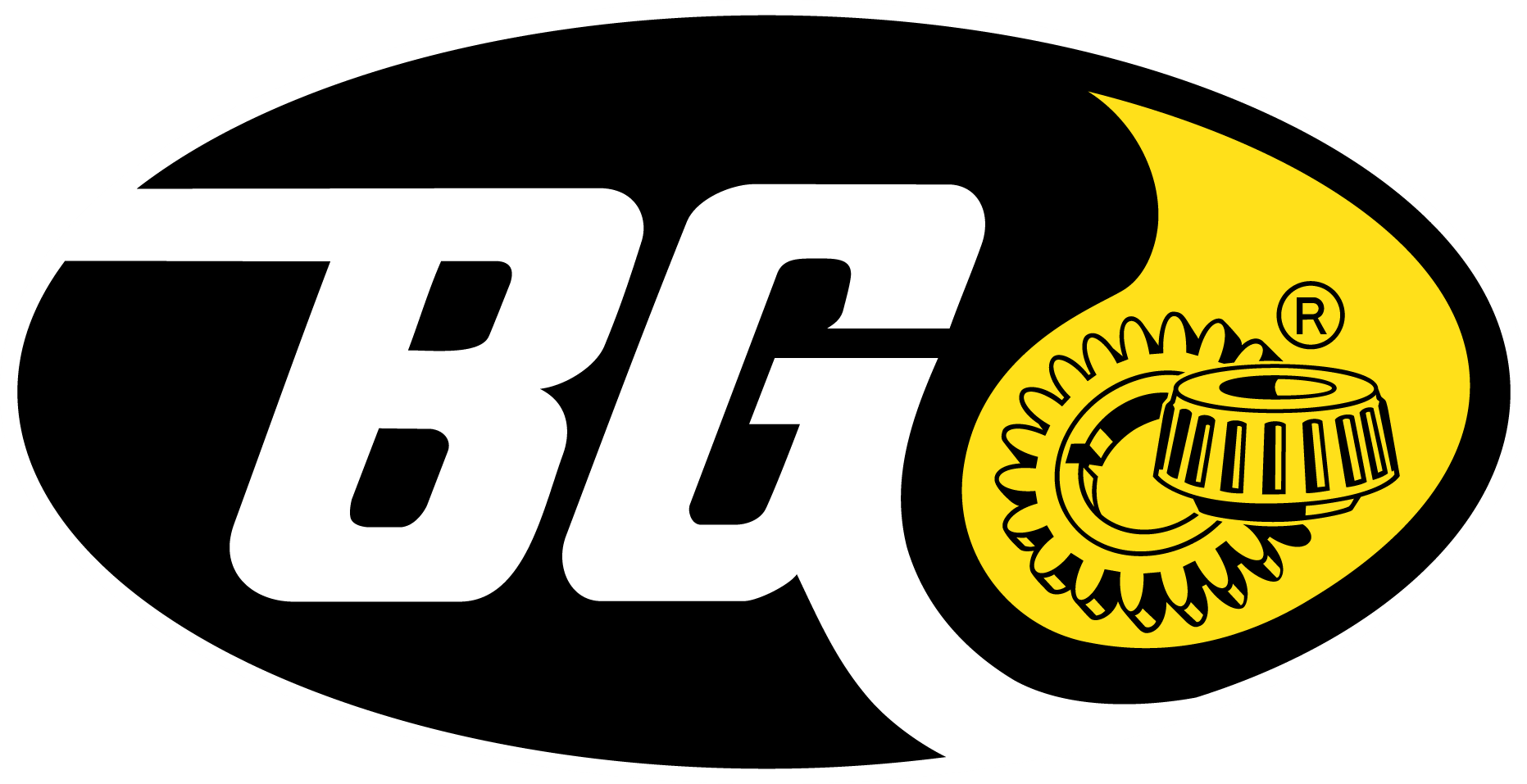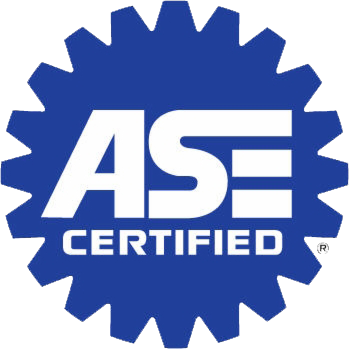Call us: (507) 226-8330
Shocks and struts keep your car rolling
October 2, 2014
Do you exercise? Do you do it consistently? I used to make time for it but my days have been so crammed with work and family these past couple of years that exercise has been last on my list (and I never get to the last thing on my list). I changed that this summer and decided to take up running.
Well, jogging at least. The first few days were great and I felt fabulous. But then, my knees (a problem from my past) started hurting-so bad that I had to stop running and start researching.
I think my problem is three-fold: To put it in automotive terms, my tires were bad, my alignment was off and my shocks and struts were not in good shape-meaning my shoes were worn out, I had the wrong shoes and the muscles in my legs were not absorbing the shock of running as they should. In order to fix the problem, I had to purchase new shoes, ones that were right for my feet and the way I run and I've had to start stretching and strengthening my legs and hips. Though all three parts are important, the least thought about was the latter and it's taken the most time to fix.
Just like shocks and struts are extremely important for your body to run healthy, they are also important in your car to keep it rolling smooth and safe by keeping your tires connected to the road and allowing you to safely handle your vehicle over bumps, through turns and helping you stop effectively. Let's explore their function and replacement so you'll better understand their importance in your vehicle.
WHAT THEY DO
Do you know what shocks and struts are and the difference between them? Do you understand the function of springs within the suspension system? Often, shocks and struts are used interchangeably. But there is a significant difference between the two.
Shocks resist the bouncing of your vehicle by using hydraulics. They work in conjunction with springs to make your ride smooth and help keep your tires on the road.
Springs support the weight of the vehicle, which keep it suspended off the axles. There are various types of springs but all are heavy duty as their job is important.
Struts combine the shock and spring in one unit. But they are even more complex since they are a structural part of the suspension system and a crucial part of the steering system which can greatly affect the alignment of your vehicle. When your vehicle's alignment is off, camber and caster are usually adjusted right on the strut itself.
WHAT YOU HAVE
Do you know if your vehicle has shocks or struts? Because shocks and struts are used interchangeably people get confused. To add to the confusion, some vehicles have both-struts on the front axle and shocks on the rear. Struts are more expensive because they are more complex. But your vehicle has what it has and you cannot switch from shocks to struts.
WHY REPLACE
When shocks and struts are worn out, your tires bounce excessively over bumps and you may feel less vehicle control around corners. Or you may notice front end diving when you brake or rear end squatting when you accelerate. Do you notice any of these symptoms when you drive? Perhaps a little bounce doesn't bother you, but have you considered the safety involved? Worn shocks or struts can greatly affect the handling of your vehicle, especially with the wintry road conditions approaching. They can also put stress on other suspension components causing them to wear prematurely and become a possible safety hazard to you and other motorists. Worn shocks or struts can also cause uneven tire wear, which means your tires will have to be replaced more often.
WHEN TO REPLACE
Your manufacturer recommends the interval for shock or strut replacement for your vehicle, generally around 50,000 miles. At the very least, you should have your shocks or struts inspected at this point and on a regular basis thereafter. Inspection will include physical testing of the vehicle shock/strut performance as well as inspection of the shock or strut itself. If oil is leaking from the component, this denotes significant wear and replacement is recommended.
WHAT TO REPLACE
When it's time to replace your shocks or struts, it's usually a good idea to replace all four. Doing so will give you even, safer handling. At the very least, just like with tires, you should replace in pairs-meaning if your front right strut is bad, you should replace the front left strut as well.
Does your vehicle have shocks only? Then there is no question that just the shocks need to be replaced. But if your vehicle has struts, you will need to decide if you will replace the entire assembly, which includes the spring or if you will only have just the strut replaced. You can make this decision based on the condition of the spring and cost.
There are also different grades of shocks and struts. Be sure you have yours replaced with ones equivalent to the original ones. These were originally installed based on a broad range of needs by drivers of your type vehicle. If you have more specialized needs based on your driving habits or hauling or towing, there are other, upgraded premium options available to best complement your needs. So be sure to keep this in mind when considering replacement.
If your vehicle is equipped with struts, it's recommended that an alignment is performed at the same time. This will ensure the camber and caster are accurate for best performance. Many repair shops will check the alignment at no charge. This way, if there are no adjustments to be made after the replacement, there is no additional cost.
As I am working hard to prepare my shocks/struts for running, be sure you don't forget about the shocks and/or struts on your vehicle as part of your maintenance program. Not only will you be rolling smooth, but you will be safer and it will help keep the rest of your suspension healthy.

